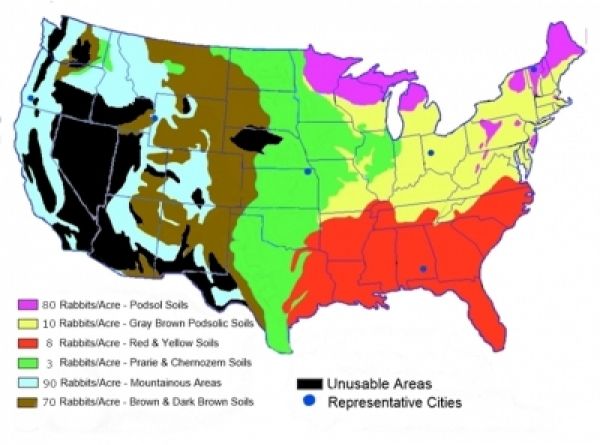The 2020 meat shortages led many to wonder what to eat for protein when supply chains are disrupted. Some people turned to gathering eggs, raising animals and growing their own food. A team from Michigan Technological University and the University of Alaska Fairbanks found that the work is well worth it. In a new study published in Sustainability, the researchers looked at how a typical household with a typical backyard can raise chickens, rabbits or soybeans to meet its protein needs.
Americans love burgers, but few people have room to raise a steer next to the garage — and most city ordinances quake at the mere thought of a rogue cowpie. But small animals are more efficient protein producers and are often allowed within city limits. The average backyard provides plenty of space, typically 800 to 1,000 square meters or about 8,600 to 10,700 square feet.
“You don’t have to convert your entire backyard into a soybean farm. A little goes a long way,” said Joshua Pearce, one of the study co-authors and Michigan Tech’s Richard Witte Endowed Professor of Materials Science and Engineering and professor of electrical and computer engineering. “I’m a solar engineer; I look at surface area and think of photovoltaic production. Many people don’t do that — they don’t treat their backyards as a resource. In fact, they can be a time and money sink that they have to mow and pour fertilizer on. But we can actually be very self-reliant when we treat our yards as an asset.”
Continue reading at Michigan Tech
Image via Michigan Tech


